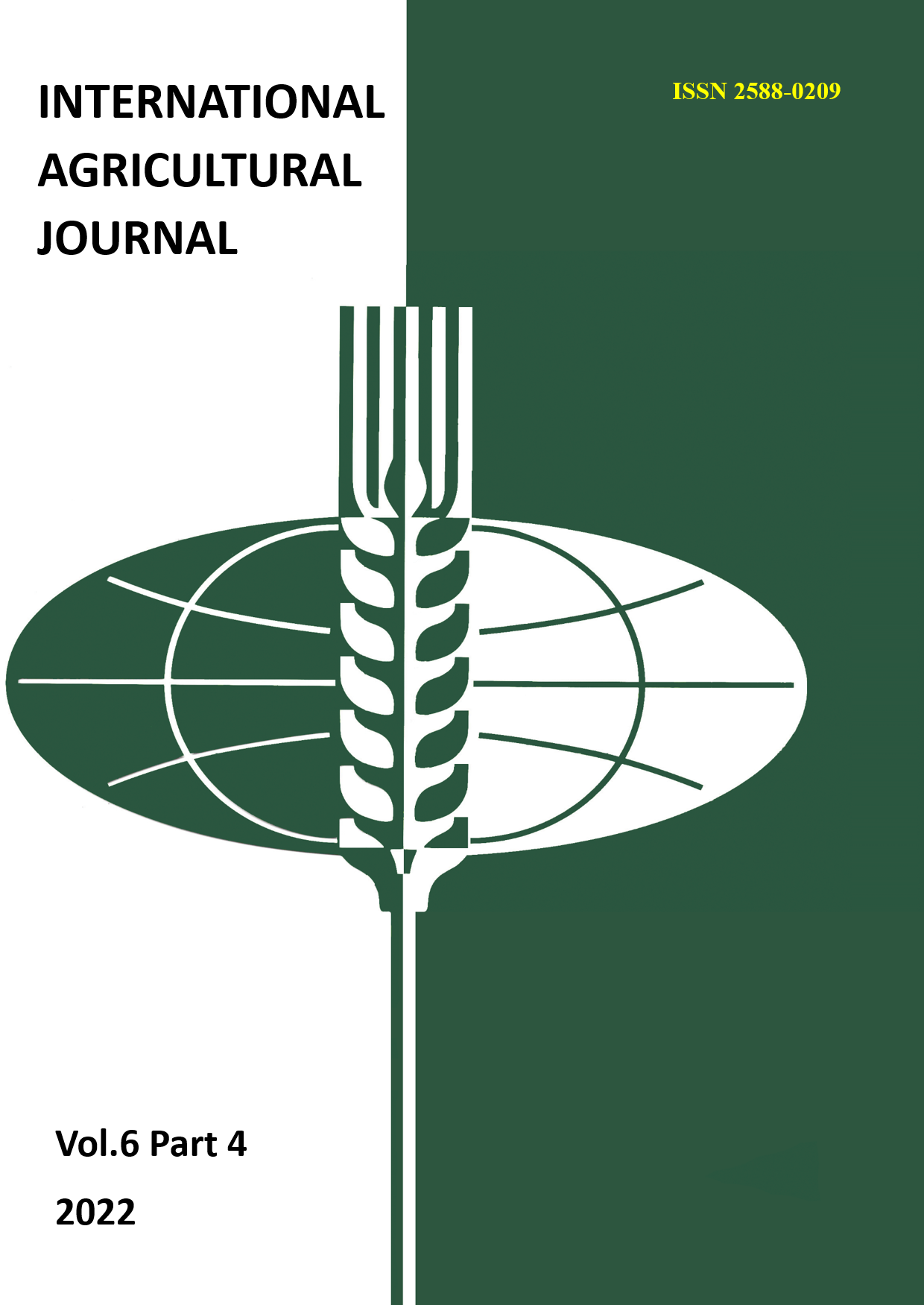FEATURES OF THE CHINESE MODEL FOR THE DETECTION AND PROTECTION OF AGRICULTURAL HERITAGE OBJECTS AND WAYS OF ITS APPLICATION FOR THE RUSSIAN FEDERATION
Main Article Content
Abstract
The article describes the process of formation and preservation of important historical and cultural types of agricultural production in China. The purpose of the work is to analyze the unique experience of the People's Republic of China in identifying and protecting World Agricultural Heritage sites and preserving industries of specialization in the regions of the country. Hypothesis: The experience of identifying and preserving Chinese agricultural heritage will be useful for preserving unique agricultural systems and farming practices in the Russian Federation.
The most important results of the study obtained by the authors are: the share of the country's agricultural heritage sites in the global indicator, as well as the number, density, area, year of acceptance and sectoral specialization of heritage sites, with the help of which a comprehensive analysis of the World Agricultural Heritage sites of the PRC was carried out. The objects under consideration are located in 13 provinces, with the highest concentration in the eastern and southern regions of the country. The regions under consideration account for 38% of the country's territory, but at the same time they play a large economic role. For example, in these regions 47.2% of the total rice production is produced, and the tea plantation area is 74.9% of the country's total. The Chinese experience of preserving unique agrosystems is connected with the agricultural activities of the country's indigenous and small peoples. The Russian Federation currently does not officially have an official World Agricultural Heritage site, but both countries have a number of similar reasons for the existence of a large potential for historical and cultural types of agricultural production. The Russian Federation has a large number of potential agricultural production facilities: communities of reindeer herding, hinting and catching fish, the Old Believer village of Inegetai and many others.
Article Details
References
2. 2021年中国茶叶种植情况与发展现状分析 绿茶稳踞中国茶叶市场主导地位【组图】 // Forward the economist URL: https://www.qianzhan.com (дата обращения: 26.07.2021).
3. Administrative Division System // Ministry of Foreign Affairs of the People’s Republic of China URL: https://www.fmprc.gov.cn (дата обращения: 26.07.2021).
4. Agricultural heritage around the world // Food and Agriculture Organization of the United Nations URL: http://www.fao.org (дата обращения: 26.07.2021).
5. FAO Liaison Office with the Russian Federation // Food and Agriculture Organization of the United Nations URL: http://www.fao.org (дата обращения: 28.07.2021).
6. Globally Important Ingenious Agricultural Heritage Systems (GIAHS) // Food and Agriculture Organization of the United Nations URL: http://www.fao.org (дата обращения: 28.07.2021).
7. Globally Important Ingenious Agricultural Heritage Systems (GIAHS) // Sustainable development goals partnership platform URL: https://sustainabledevelopment.un.org (дата обращения: 26.07.2021).
8. United Nations Declaration on the Rights of Indigenous Peoples // United Nations URL: https://www.un.org (дата обращения: 26.07.2021).
9. Amosov M.I., Safina S.S. Aziatsko-Tixookeanskij region. Strany` i flagi - SPb // Izdatel`stvo Sankt-Peterburgskogo universiteta. - 2018. - S. 168.
10. Badaraev D.D. Tradicionny`e xozyajstvenny`e praktiki mongoloyazy`chny`x nomadov: skotovodstvo na sopredel`ny`x territoriyax Mongolii i Rossii. // Vestnik instituta sociologii. - 2016. - №3 (18). - S. 176-194.

